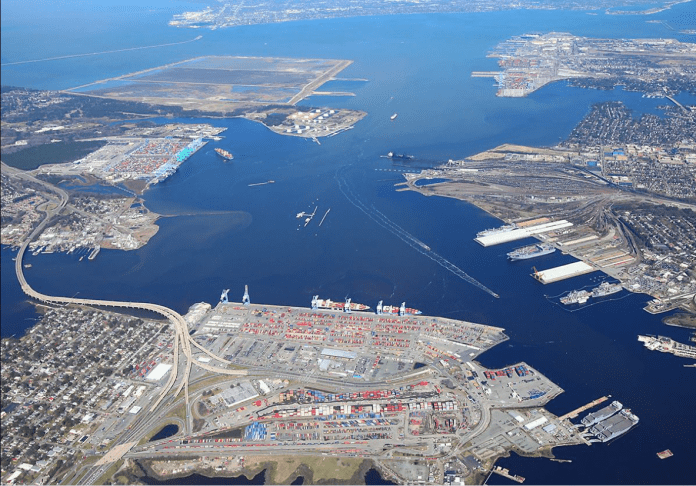Port of Virginia’s wider shipping channel is now operational for accommodating the two-way passage of ultra-large container vessels (ULCV), resulting in a reduction of up to 15% in the time these vessels spend at berth.
The widening of the channel is a component of the port’s strategic infrastructure investment plan totalling US$1.4 billion, aimed at enhancing efficiency, accommodating larger cargo volumes, and accelerating the flow of cargo through the gateway.
Simultaneously with the channel widening, the US port is undertaking dredging operations to deepen both the channel and the Norfolk Harbor to a depth of 16.76 meters and the ocean approach to 17.98 meters. Upon the completion of this US$450 million dredging initiative in fall 2025, the Port of Virginia will boast the deepest and widest channels on the US East Coast.
“This is a true advantage for anyone delivering to or from America. Our wider channel sets The Port of Virginia apart by allowing for consistent vessel flow, increasing berth and container yard efficiencies, and further improving harbour safety,” stated Stephen A. Edwards, CEO and executive director of the Virginia Port Authority.
He further added, “Ocean carriers are putting larger vessels into their East Coast port rotations with additional ULCVs on order, and our partners know their vessels will not outgrow our capabilities. In Virginia, there is no concern for channel width, overhead draft restrictions, capacity, or cargo handling infrastructure.”
Today, the US Coast Guard Sector Virginia issued a business rules memo concerning the newly expanded channel.
“The region has reached another major milestone in the Wider, Deeper, Safer project. Today I’m thrilled to release Business Rules for Ultra Large Container Vessels – Change 2, removing the one-way restrictions in Thimble Shoal Channel West Reach (TSC-WR)… This modification removes one-way channel restrictions for ULCVs transiting TSC-WR,” commented Capt. Jenn Stockwell, commander of US Coast Guard Sector Virginia.
The dredging initiative, which commenced in December 2019, has been completed through collaborative efforts and support from the US Army Corps of Engineers Norfolk District Office, as well as state, local, and community elected officials.







